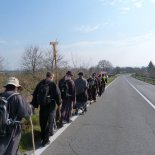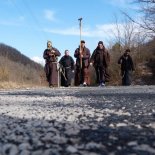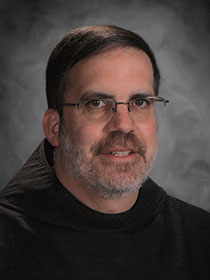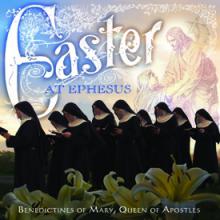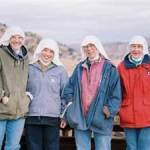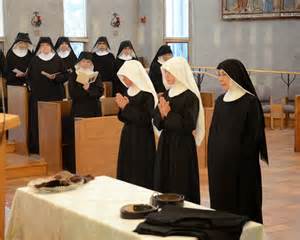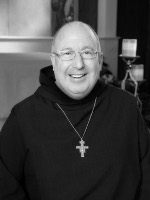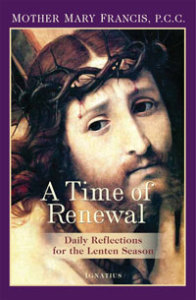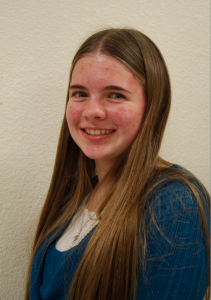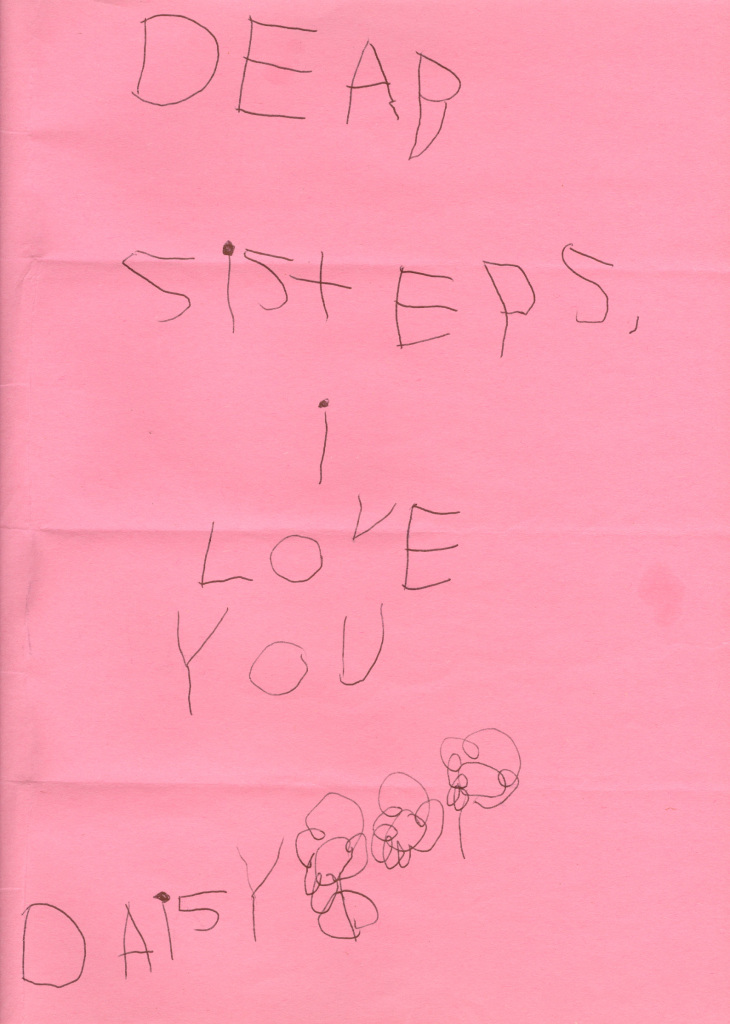é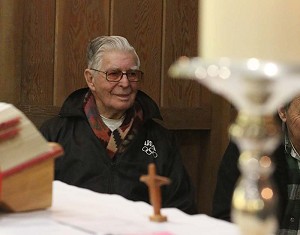 The Catholic Sentinel of Western Oregon tells the story of a healing of a young boy by St. André Bessette, CSC. That man, Carl, is now 92 years old and still tells of his healing in gratitude to the saint.
The Catholic Sentinel of Western Oregon tells the story of a healing of a young boy by St. André Bessette, CSC. That man, Carl, is now 92 years old and still tells of his healing in gratitude to the saint.
An often forgotten vocation today is the vocation to religious brotherhood. Countless men have responded to this essential call to be a Brother to All but today it is sometimes looked upon as inferior to the priesthood. This is so far from the truth. A priest is a father; a brother is a brother walking beside us. Both are necessary on the road to eternal life.
Saint André is perhaps the most famous brother in our times. When St. André presented himself to the Congregation of the Holy Cross in 1870, he carried a note from his pastor that said: “I am sending you a saint.” None the less, the initially illiterate young man was assigned the seemingly lowly task of doorkeeper, where, said Pope Benedict XVI, he “did everything possible to soothe the despair of those who confided in him.”
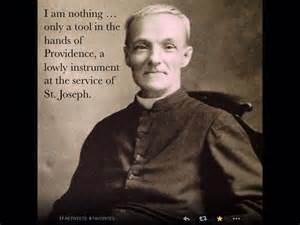 Carl Peters was born in 1923 to a very young teenage girl in Vermont. The father abandoned them at birth and Carl was given to a foster family to be raised. When he was 5 years old, he still hadn’t spoken a word, so the foster family took him to see Brother André who was then in his 80’s. Brother André has strong faith in the intercessory power of St. Joseph, building the great saint the largest shrine in the world dedicated in his honor. Brother André gave the family holy oil to be used on Carl every night. “I remember him to this day.” he said. The cure came quickly. “I could not talk and suddenly I could.”
Carl Peters was born in 1923 to a very young teenage girl in Vermont. The father abandoned them at birth and Carl was given to a foster family to be raised. When he was 5 years old, he still hadn’t spoken a word, so the foster family took him to see Brother André who was then in his 80’s. Brother André has strong faith in the intercessory power of St. Joseph, building the great saint the largest shrine in the world dedicated in his honor. Brother André gave the family holy oil to be used on Carl every night. “I remember him to this day.” he said. The cure came quickly. “I could not talk and suddenly I could.”
Carl makes regular pilgrimages to St. Joseph Oratory and was able to watch the canonization of St. André there via satellite in 2010. His parishioners says he is a kind man who smiles a lot and does good works anonymously.
“I have been really fortunate in my life,” he said, “blessed by so many people I’ve come into contact with.”
Click here to watch the video and read the full story.
